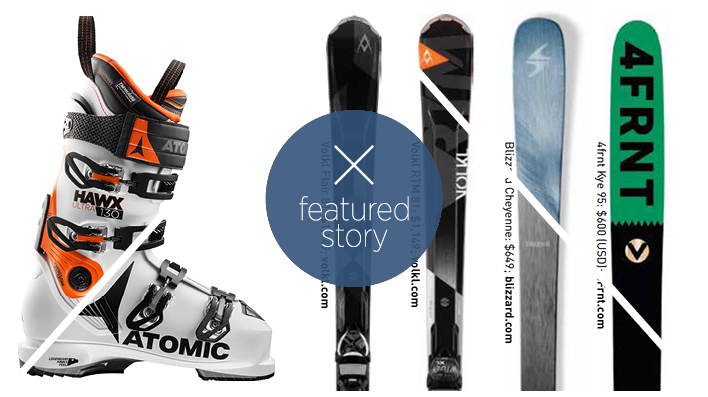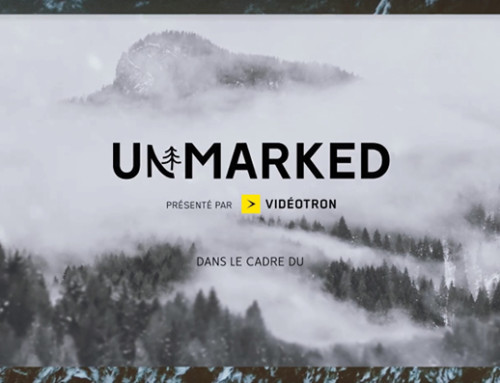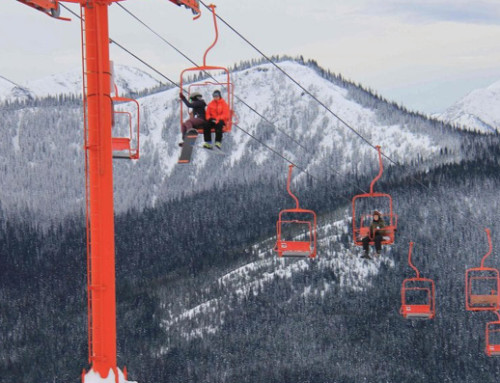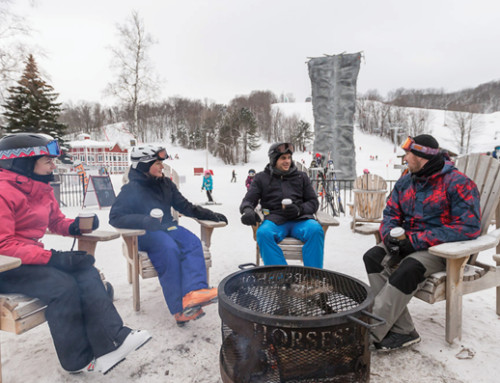It used to be that ski technology flowed from racing to every other niche of skiing. Not anymore. The pull of untracked snow continues to draw more and more skiers away from the land of lifts; all the big brands now make dedicated backcountry skis and boots. The key attribute out there – light weight – is now trickling back in bounds. “Lighter is right” is the mantra across the industry, as skis and boots benefit from a summer of Olympic-calibre weight loss. The champ might be Atomic’s Hawx Ultra. It’s 25 percent lighter than any other Atomic alpine boot but skis like a barely detuned racer. They cut grams but not performance by shaving down the lightweight Grilamid plastic where thickness didn’t matter and then adding four buckles and a custom fit liner and plugging it all into a narrow 98-millimetre last.
Runner up was a tie between the 4Frnt Kye 95 and Blizzard’s women’s all-mountain skis. Kye Petersen’s signature model lost 300 grams when 4Frnt swapped poplar for paulownia in the core. Likewise, Blizzard kept the shapes the same for its Sheeva, Black Pearl, Samba and Cheyenne skis but replaced the core with wood wrapped in carbon, ditching 15 to 20 per cent of the weight.
Völkl deserves an honourable mention, if not the bronze, for its RTM 81 and women’s Flair 81. Milling out the wood cores into a railing for the binding to sit on reduced weight and eliminated binding interference with the ski’s flex. These are just a few examples. Bottom line, lighter makes it less work to lift and turn boots and skis. That should translate into more energy for more runs, something we can all get behind.








